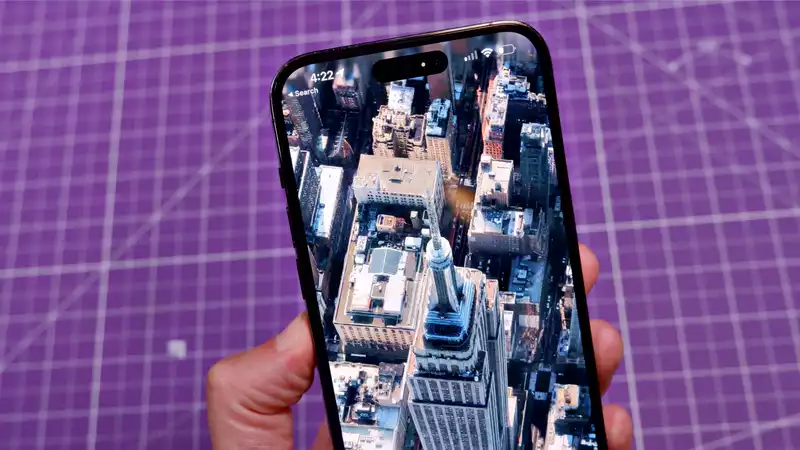One could say that Apple Maps didn't make a great first impression, but that was over a decade ago, and a lot has changed in that time. Nonetheless, Apple Maps has struggled to change its bad reputation - especially when compared to the performance of Google Maps and Waze. However, opinions may be changing in Apple's favor.
According to a new Wall Street Journal report, people are beginning to view Apple Maps more favorably. Anecdotal evidence from consumers and user experience analysts suggests that iPhone users are actually choosing to use Apple Maps for reasons beyond the fact that Apple Maps is already installed when they set up their new iPhone They say.
Those reasons include a preference for the interface, especially for public transportation; the WSJ cites one user who claims that Apple Maps' transportation interface is much better than Google's. They also believe that Apple's handling of New York City subway outages is better.
Another user was prompted to use Apple Maps at the airport and claims that Apple provided clearer information about the terminal than Google Maps. Additionally, it provided recommendations regarding available stores and restaurants. This same user also found Apple's directions easy to read thanks to the lack of clutter.
This is not a huge surprise given how overstuffed Google Maps is with information in urban areas.
Unfortunately, these anecdotes are not universally positive, and people still seem to have problems with the app's actual navigation. They seem to drive in the wrong direction or ignore stop signs when trying to get around traffic jams. I have experienced navigation problems firsthand, but it seems that Apple's routes are not always the most efficient option.
According to Canalys analysts, Apple has managed to gain some traction by upgrading features. This includes adding features that Google Maps has offered for years, a recent example being offline navigation in iOS 17. However, it was Apple that first introduced 3D flyover tours of cities, which Google Maps essentially adopted with its "Immersive View" mode launched last year.
Apple also gained an advantage by further integrating Apple Maps into the iOS ecosystem, eliminating the option to use other services; features such as Apple's Find My network use Apple Maps, and other maps of all kinds system features as well, and there is no option to switch to a competitor.
User experience consultant Peter Ramsey told the WSJ that users' inherent laziness means they form habits around default options. As Apple Maps has improved, user habits have changed, and users are less likely to immediately switch to Google Maps after first seeing Apple's navigation.
Of course, there is clearly still some way to go; Canalys claims that "the overwhelming majority of iPhones in the U.S. have downloaded Google Maps as an alternative," and the App Store chart confirms this, with the "Top Free Apps" as of this writing chart, Google Maps is in 12th place. This is above Instagram and Netflix, but below apps like TikTok, Threads, and ChatGPT.
The Google Maps vs. Apple Maps battle is far from over, but Apple seems to be slowly gaining ground. Not only because it offers many of the same features as Google, but also because people like what makes Apple Maps stand out. So maybe we shouldn't discount Apple Maps because of its past failures. There may be some pleasant surprises in store.










Comments